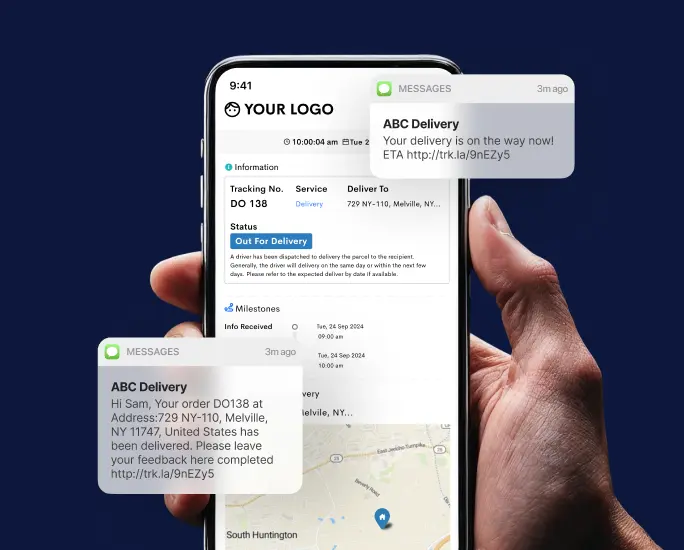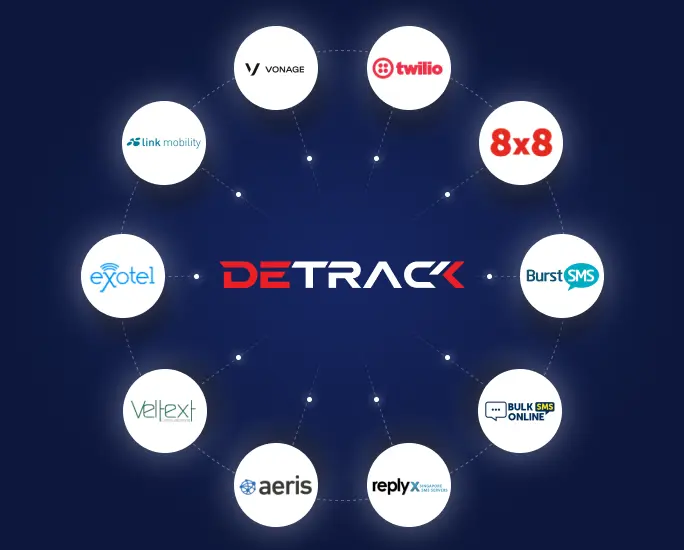Supply chains are intricate networks that ensure products move efficiently from manufacturers to consumers. At the heart of these supply chains lie distributors, often unsung heroes who play a critical role in connecting producers with retailers or end consumers.
In this blog post, we’ll explore the world of distributors, their significance, functions, and the evolving landscape in which they operate.
The Significance of Distributors
Distributors are the linchpin in supply chains, bridging the gap between producers and end-users. Their significance stems from several key factors:
- Market Reach: Distributors often have an extensive network and established relationships with retailers across various regions. This broad market reach enables manufacturers to access markets that may otherwise be challenging to penetrate.
- Efficiency: Distributors optimize transportation and storage costs by consolidating products from multiple manufacturers. This efficiency translates into cost savings for both manufacturers and retailers.
- Logistical Expertise: Distributors specialize in logistics, efficiently managing inventory, warehousing, and transportation. Their expertise ensures timely product delivery, reducing lead times and enhancing customer satisfaction.
- Risk Mitigation: Distributors absorb certain risks associated with inventory management and market fluctuations. By buffering manufacturers from these risks, distributors provide stability and predictability in supply chains.

Functions of Distributors
The functions performed by distributors are multifaceted and encompass various aspects of the supply chain:
Inventory Management
One of the distributors’ primary responsibilities is maintaining optimal inventory levels to meet fluctuating demand while minimizing excess stock.
This requires a delicate balance between supply and demand, with distributors leveraging data analytics and demand forecasting techniques to anticipate market trends and adjust their inventory levels accordingly.
By efficiently managing inventory, distributors ensure that products are available when and where needed, reducing the risk of stockouts and lost sales.
Warehousing
Distributors strategically operate warehouses and distribution centers to minimize transportation costs and maximize efficiency. These facilities serve as hubs for storing, sorting, and shipping products, with advanced automation and robotics increasingly being deployed to enhance productivity and throughput.
By leveraging state-of-the-art warehouse management systems (WMS) and material handling equipment, distributors can optimize space utilization, streamline order fulfillment processes, and improve overall operational efficiency.
Order Fulfillment
Upon receiving orders from retailers or end consumers, distributors are responsible for processing, picking, packing, and shipping products promptly and accurately.
This entails coordinating with suppliers, carriers, and other stakeholders to ensure seamless order fulfillment from the point of origin to the final destination. With the proliferation of e-commerce and omnichannel retailing, distributors are under increasing pressure to meet customer expectations for fast, flexible, and transparent delivery options.
As such, they are investing in advanced logistics technologies and last-mile delivery solutions to enhance their order fulfillment capabilities and stay ahead of the competition.
Market Intelligence
Distributors play a critical role in gathering market intelligence by closely monitoring consumer trends, competitor activities, and demand patterns.
They gain valuable insights into evolving consumer preferences, emerging market opportunities, and competitive threats through market research, data analysis, and customer feedback.
This information helps manufacturers refine their product offerings and marketing strategies and enables distributors to anticipate changes in demand and adjust their inventory levels accordingly. By staying abreast of market dynamics, distributors can proactively identify and capitalize on new business opportunities, driving growth and profitability.
Value-Added Services
In addition to traditional distribution activities, many offer value-added services to differentiate themselves in the market and provide additional value to their customers. These services may include product customization, labeling, packaging, kitting, assembly, and reverse logistics.
By tailoring their services to meet the unique needs of their customers, distributors can enhance customer satisfaction, build long-term relationships, and create a competitive advantage.
Moreover, value-added services allow distributors to capture additional revenue streams and increase their share of wallet with existing customers, further driving top-line growth and profitability.

The Evolving Landscape
The landscape in which distributors operate is continuously evolving, driven by technological advancements, shifting consumer preferences, and globalization. Several trends are reshaping the distribution industry:
- E-commerce Boom: The rise of e-commerce has transformed consumer behavior, leading to increased demand for fast and convenient delivery options. Distributors are adapting by investing in automation, last-mile delivery solutions, and omnichannel capabilities to meet these evolving needs.
- Data Analytics: Distributors are leveraging data analytics to gain deeper insights into consumer behavior, demand forecasting, and supply chain optimization. Advanced analytics tools enable distributors to make data-driven decisions and enhance operational efficiency.
- Sustainability Initiatives: Environmental sustainability is becoming a significant focus for distributors and their partners. Initiatives such as green logistics, renewable energy adoption, and waste reduction are increasingly prioritized to minimize the ecological footprint of supply chains.
- Globalization and Supply Chain Resilience: The COVID-19 pandemic highlighted the vulnerabilities of global supply chains, prompting a reassessment of sourcing strategies and supply chain resilience. To enhance resilience, distributors are diversifying their supplier base, implementing risk mitigation strategies, and exploring localized manufacturing.
Conclusion
Distributors are the unsung heroes of supply chains, vitally connecting manufacturers with retailers and end consumers. Their functions encompass inventory management, warehousing, order fulfillment, market intelligence, and value-added services.
As the distribution landscape evolves, distributors must embrace technological advancements, adapt to changing consumer preferences, and prioritize sustainability to thrive in an increasingly competitive environment.
By understanding the backbone of supply chains, we gain insight into the intricate connections that enable products to reach consumers efficiently and reliably.
Ready to streamline your distribution processes and stay ahead of the competition? Detrack offers innovative solutions for real-time vehicle tracking, proof of delivery, and seamless logistics management. Empower your business with cutting-edge technology to enhance efficiency, transparency, and customer satisfaction.
Get Started with Detrack Today!










